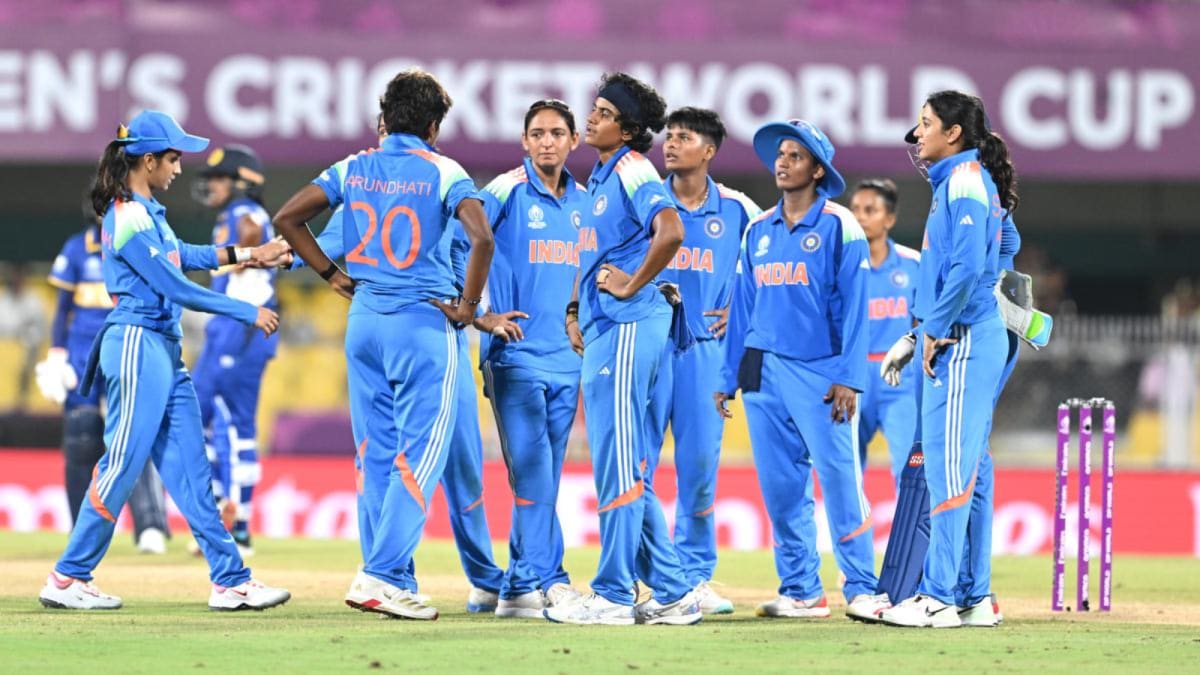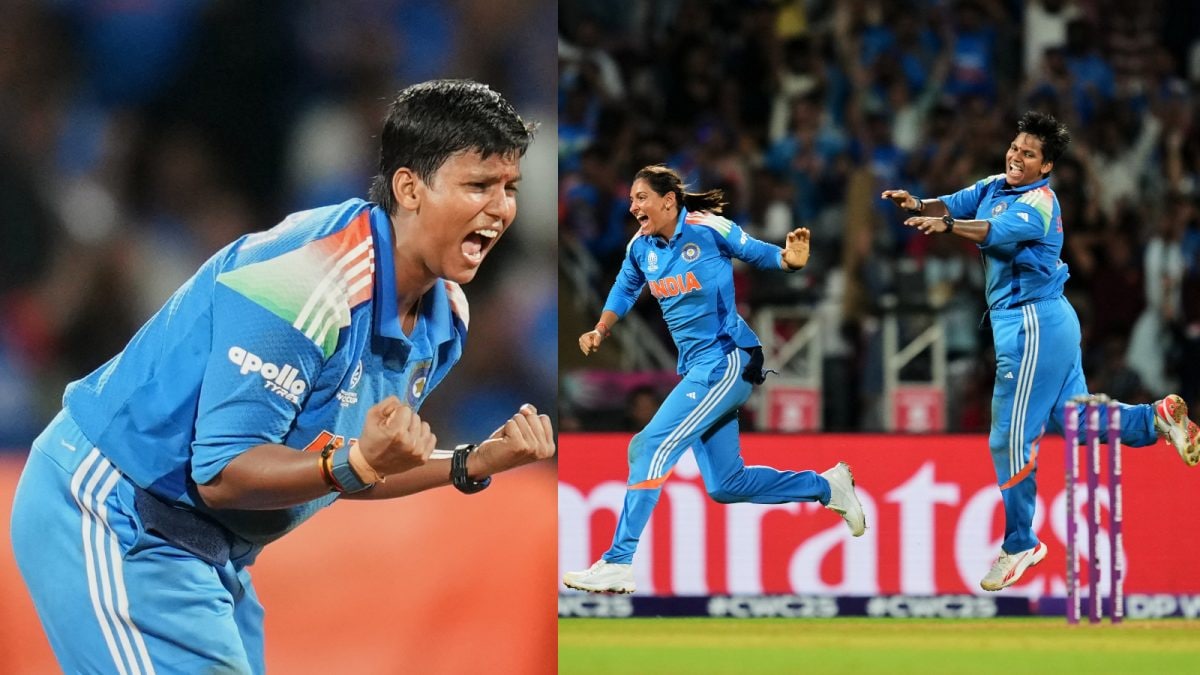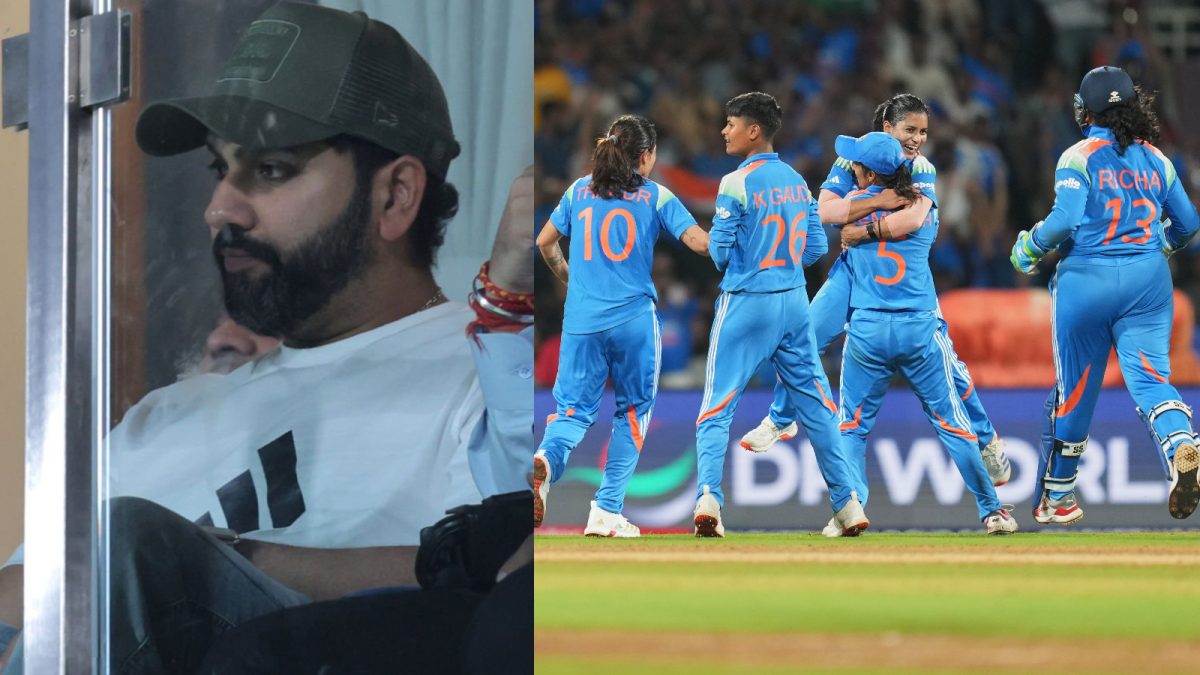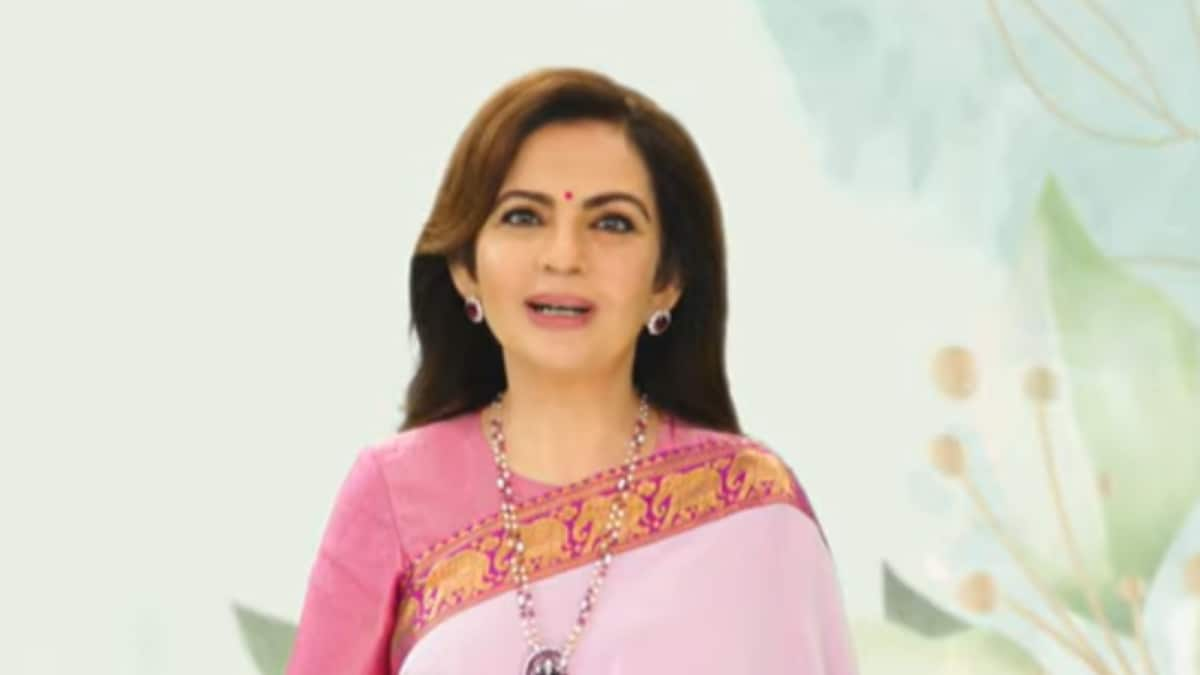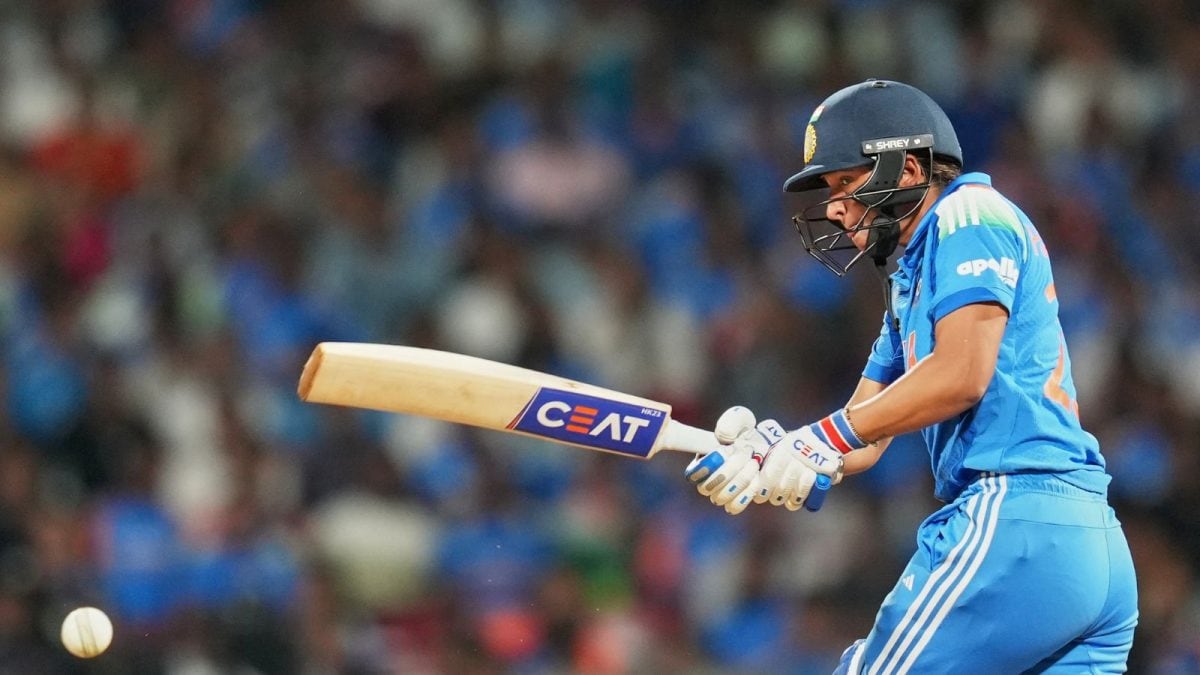Last Updated:
India faces South Africa tomorrow in Mumbai. What would truly make the game historic is what follows after – when there is no trophy, no viral reel, no spotlight

The India vs Australia match on 12 October recorded 4.8 million peak concurrent viewers, an all-time high for women’s cricket (Image: ICC)
When the Indian cricket team wins, the country’s digital pulse quickens. Hashtags trend, highlight reels flood social media, and comparisons become inevitable. The recent victory of the Indian women’s team over Australia was no exception, a five-wicket victory that sparked both pride and poetry online.
Harmanpreet Kaur was hailed as the Rohit Sharma of the women’s game. Jemimah Rodrigues, calm under pressure, drew parallels with Virat Kohli. For a brief, brilliant moment, the nation seemed united in its applause.
But once the noise faded and the timelines quietened, a quieter question emerged beneath the euphoria, is India truly watching women’s cricket, or are we still offering it polite, intermittent claps from the sidelines?
Why Visibility Is Not Valuation For Women Cricket?
The recent five-wicket win against Australia was not just a victory on paper. It was a display of grit, composure, and individual brilliance under pressure. Fans on social media were quick to draw analogies with the men’s team, deepening the emotion, as though women’s cricket must always be justified through comparison.
There is no denying that change is underway. Women’s cricket is more visible today than at any point in India’s sporting history. Stadium screens broadcast their games, social media amplifies their moments, and the Women’s Premier League (WPL) has finally carved out room in the crowded Indian cricket calendar.
The Women’s Premier League (WPL), launched in 2023, has shown extraordinary early growth. The first season recorded 50 million viewers in its first 14 matches. That figure leapt to 103 million during the same period in the 2024 edition on television alone. By 2025, the opening game of the WPL drew 30 million live viewers on TV, with a total reach nearing 300 million. This is not fringe engagement. This is widespread attention. Even more notably, digital platforms report users engaging for over 50 minutes per match, suggesting that viewership is not just passive but deeply involved.
The global appetite tells a similar story. The 2023 ICC Women’s T20 World Cup in South Africa attracted 254 million viewers worldwide — a staggering 57 per cent increase from its previous edition. In India, Google search interest for women’s cricket more than doubled in late 2023. These are signs that the landscape is evolving beyond momentary curiosity.
And yet, contrast this with the figures from the men’s 2025 World Cup. It amassed a total watch time of approximately 250 billion minutes. The India vs New Zealand final alone pulled in over 180 million viewers across TV and digital platforms combined. These are numbers still beyond the horizon for women’s cricket.
Why Does The Hype Still Feel Temporary?
The ease with which women’s cricket now trends on social media post-victory is a pleasant reversal. Whether it is Harmanpreet Kaur’s ice cool finish or Jemimah Rodrigues breaking down on camera over her long journey back to squad selection, there is raw energy in the stories being told.
And yet, this new engagement sometimes feels season-based, like a summer romance with the sport. High on passion in the moment, but once the tournament ends and the hashtags stop auto-playing.
Emotional Labour of Breaking Into a Space Not Built for You
Jemimah’s own words reveal more than a press meet ever could. She talked openly about her anxiety. About being dropped. About thinking she might not make it back. Those are the emotions of people who have to prove themselves more than once, just to even be seen.
Even after the success of the WPL, most women cricketers still fall short on brand visibility and long-term commercial endorsements. A few like Smriti Mandhana or Harmanpreet Kaur rise to national consciousness, but only in the short bursts of relevance that tournaments afford.
Meanwhile, Harmanpreet Kaur has spent much of the past decade being both captain and spokesperson for women’s cricket, fielding unspoken questions about “standards”, “viewability”, “fan value”. Hers is a career that seems to be built in the shadow of expectations that rarely fall on a man’s shoulders.
Are Women in Cricket Not Yet Fully Accepted?
It is undeniable that progress has been made. Sponsorships, viewership and salaries are slowly inching toward a semblance of parity. And yet, a gap remains. Not in numbers alone, but in the psyche of a nation that has always seen cricket as a man’s domain.
It is why even today, the first reaction to a great women’s match is often surprise. “Wow, that finish was crazy” very quickly becomes “Actually, women’s cricket is pretty exciting too.” The need to still be convinced speaks volumes.
Watching vs Valuing: Where Does India Stand on Women’s Cricket?
There is a difference between watching and valuing. India has begun watching women’s cricket. The data surely proves this but are we valuing it with the same emotional and financial investment that we routinely extend to the men’s game?
Our sporting culture has not fully adapted to the idea that women cricketers are not just symbols of gender progress but athletes in their own right — deserving of lifelong careers, financial security, media conversations, and cultural embedding.
Women’s cricket is not just a reactionary event to nationalistic pride. It is a narrative in motion, spanning grassroots training, infrastructure, crowds, and conversations in school corridors across the country especially for girls who wear their brother’s oversized cricket gloves and dream of something beyond what they see in newspaper cuttings.
What would true change look like? It would look like girls in Bihar, Manipur, or Goa no longer having to explain why they want to play cricket. Real support comes with an emotional investment, not just in the results, but in the stories. It shows up in ticket sales, in merchandise racks, in grassroots training spaces for young girls who believe they can be the next Smriti, the next Deepti, the next Shafali and knowing the stadium will not be half empty.
It would look like Jemimah talking openly about her anxiety and that conversation becoming a part of sports media with a human interest, not a one-day trend.
The Final Over
India is set to play South Africa tomorrow in Mumbai for the ICC Women’s World Cup. Whether or not it becomes a historic day depends on what we do in the slow season after – when there is no trophy in the frame, no viral reel, no headline under the lights.
The last ball has not yet been bowled in the story of women’s cricket in India. And if cricket is India’s national emotion, it is time to gave it space to include all its storytellers equally as cricketers.
Women’s cricket is not waiting for validation anymore. The players are winning, the leagues are growing, the viewership is rising but before you celebrate those women as national heroes tomorrow the question to ask remains, are we really witnessing the game, or quietly clapping from behind a glass wall?
November 01, 2025, 19:32 IST
Stay Ahead, Read Faster
Scan the QR code to download the News18 app and enjoy a seamless news experience anytime, anywhere.



